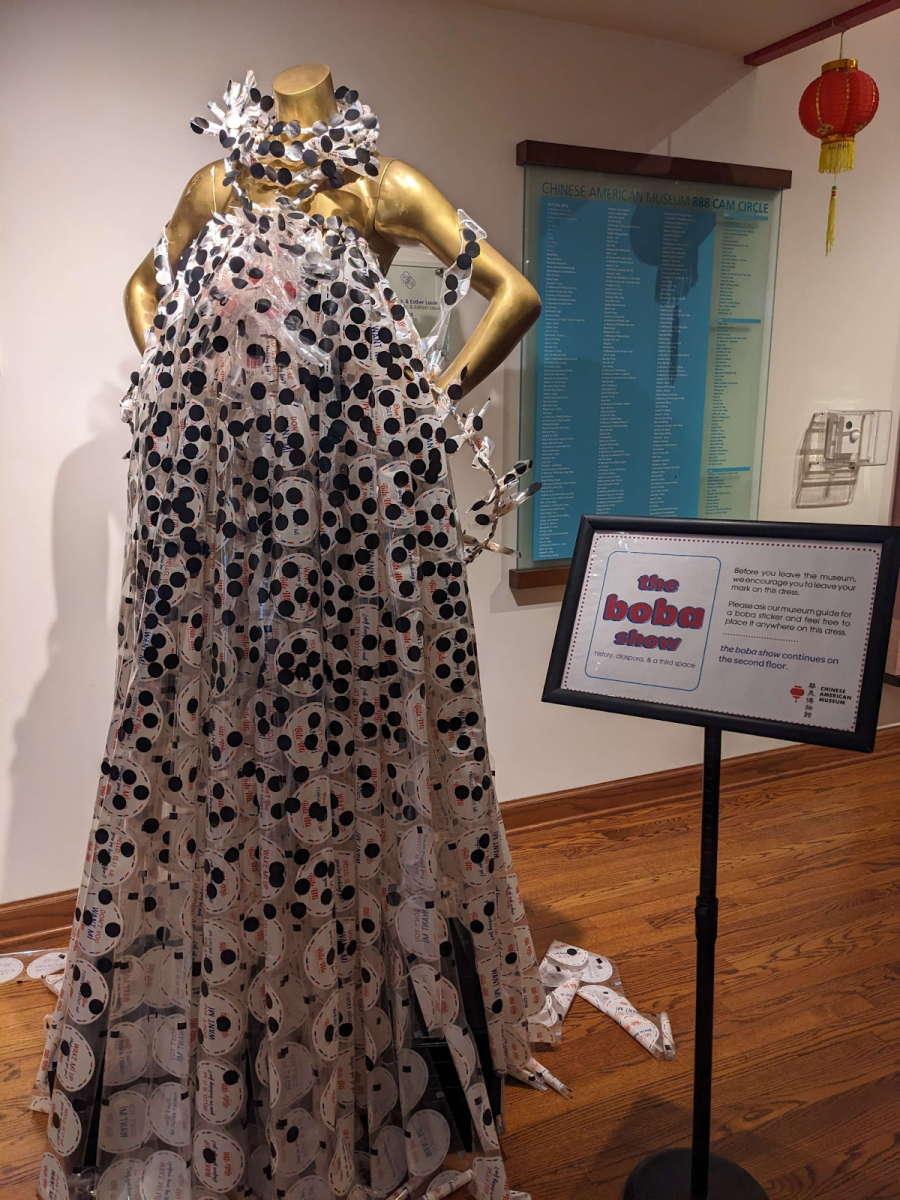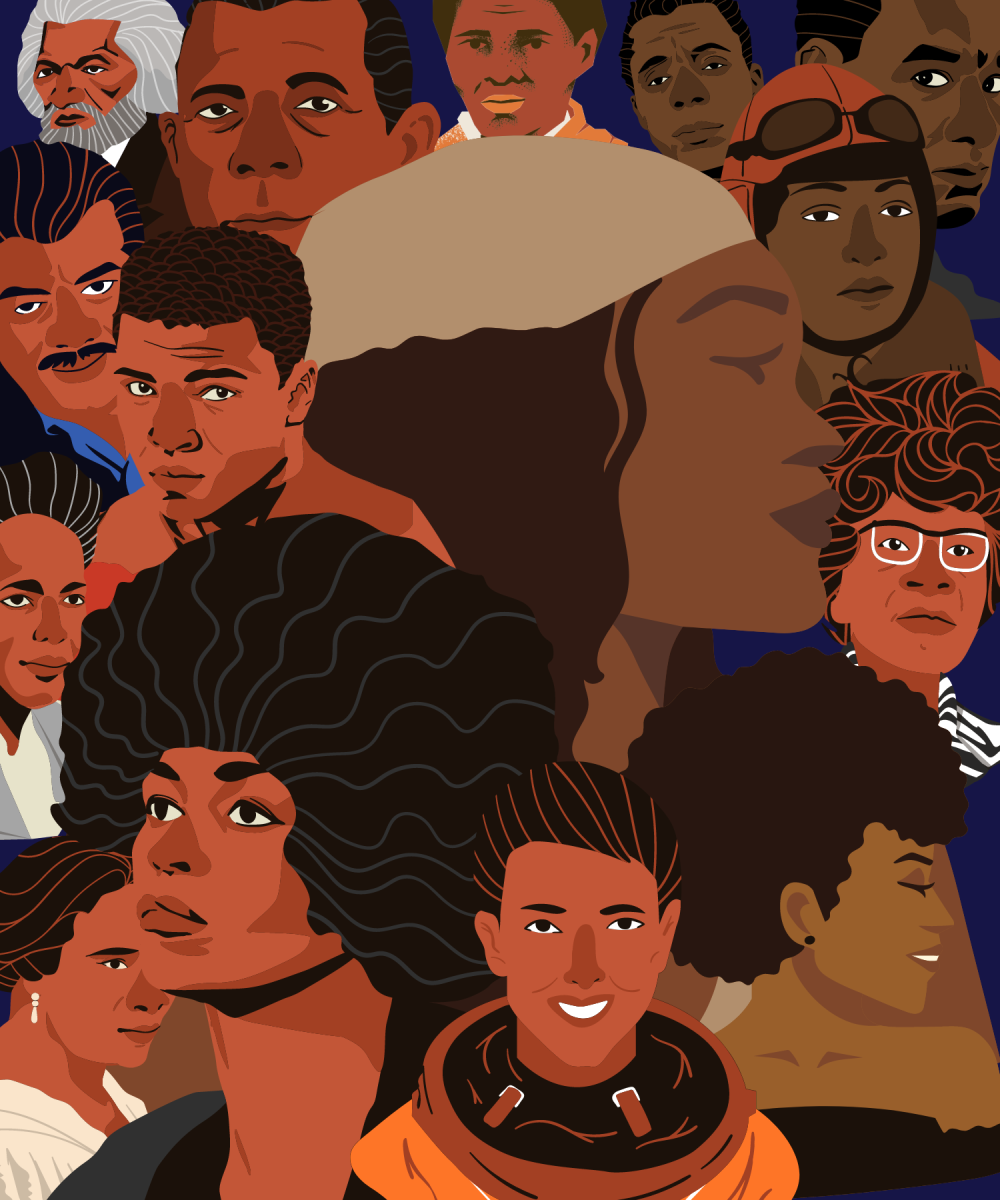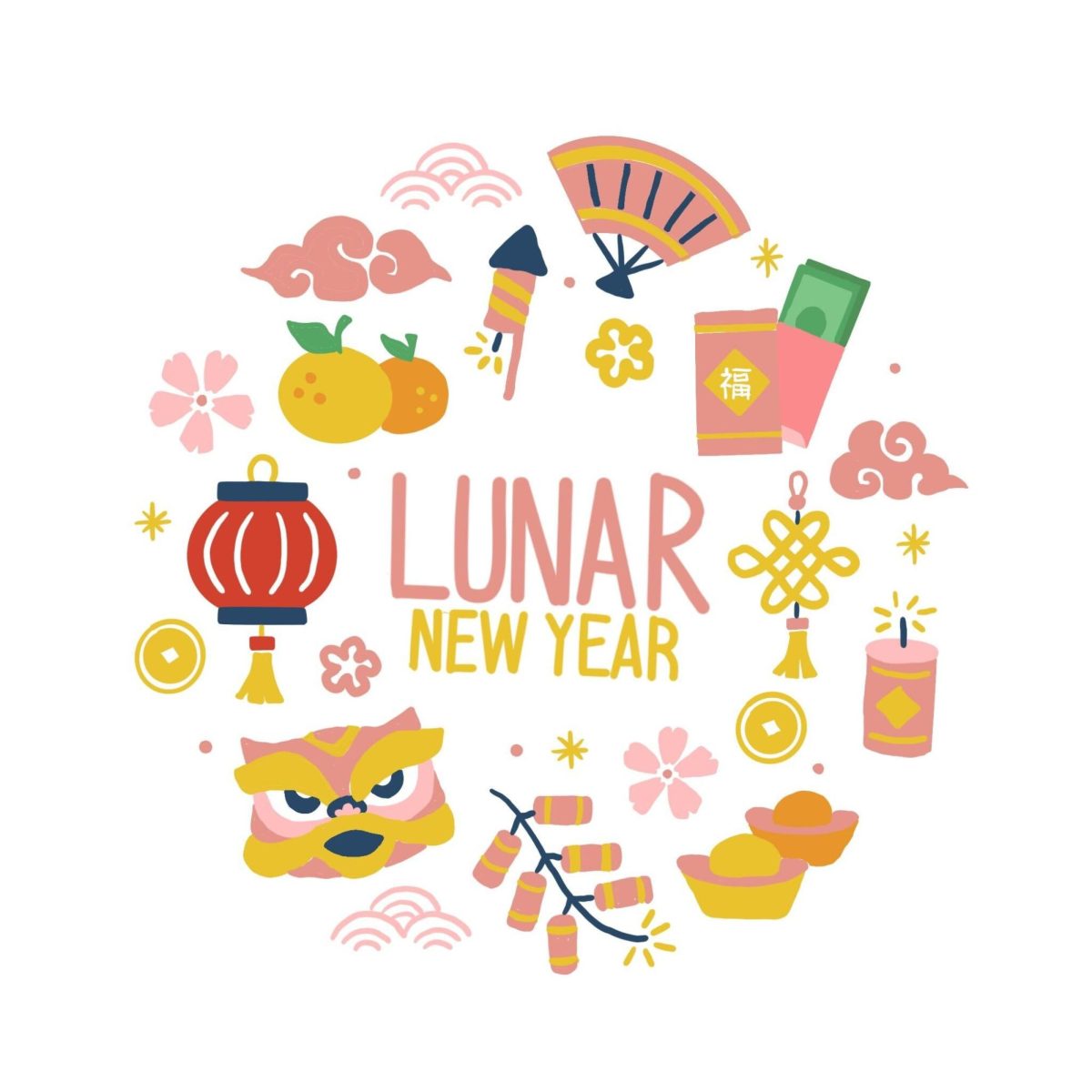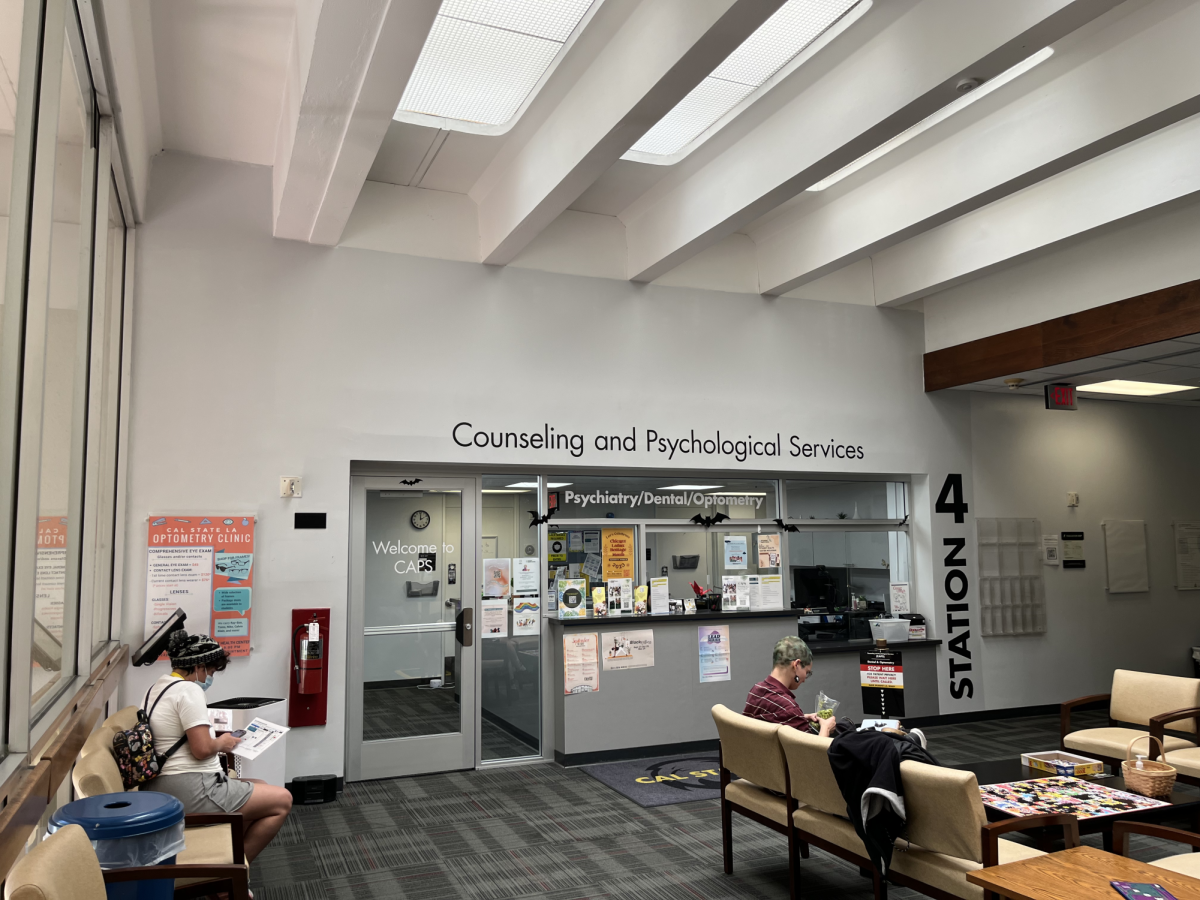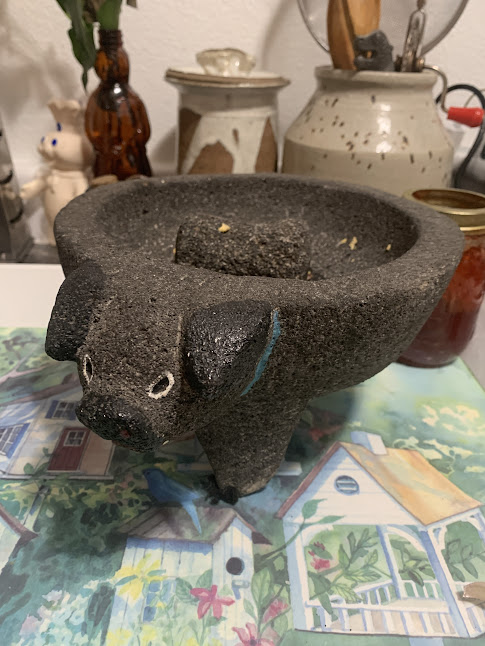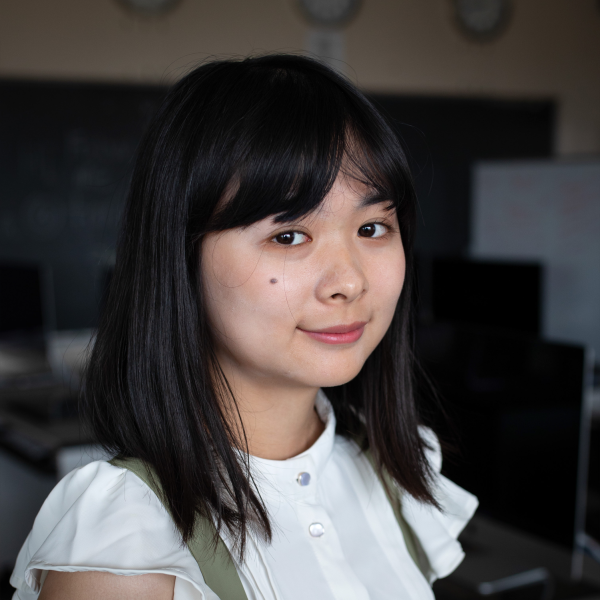Located on the third level of the Chinese American Museum (CAM), sculptures, paintings, installations and other various forms of art featuring cassava and boba motifs decorate the floor.
Dr. Juily Phun, an Asian American Studies assistant professor at Cal State LA, co-curated the exhibit, “the boba show: history, diaspora & a third space,” with Jason Perriera.
The exhibit opened on Feb. 10 and will remain open until Jan. 7, 2024. Admission to the CAM is free. The boba show is the latest exhibit at CAM since August 2022.
“It was really a time, especially coming out from the pandemic, for a lot of individuals with increasing anti-Asian hate, and dealing with the pandemic, worried about our family, friends and health,” Executive Director of the Chinese American Museum Michael Truong said. “We wanted to make sure that an exhibit held at the right time, not only can be a space where people can come together, but basically people can feel celebrated, and people can be able to enjoy and bring positivity. So, you know, the exhibition committee members came together, and pondered so many different themes and one of the themes that we came up with was boba.
Phun, who was a member of the exhibition committee at the time, took on the responsibility of researching and gathering information about boba for the exhibit. According to Truong, it took about a year and half for Phun to gather the history of the cassava and boba.
She wanted to use the exhibit as a heuristic device to allow for discussions about Asian American communities and BI-POC communities.
“If you live in Southern California, there’s coffee shops everywhere, but there are very few coffee shops that are very kind of culturally appropriate and or very well welcoming to BI-POC communities,” Phun said. “But what I saw, and especially during the pandemic…you would have these huge numbers of kids just outside being socially distant, and that they were just like they’re hanging out and finding a way to be in community. I thought, ‘like this is so beautiful like this, like this doesn’t happen in other places, right?’ It’s not like Starbucks where there’s kids gabbing around, because that’s their community. I mean, they’re going to get coffee right. But you were seeing this with like boba shops.”
Truong stated that there have been more visitors from younger individuals to the museum ever since the opening of the museum.
“What’s really great about the boba show, and with Dr.Phun’s work, is really about engaging the younger audience about the topic,” he said. “So we have seen an increase of school tours coming into the museum. We just recently opened to regular hours, when we opened up the boba show. During the pandemic, and even right before the show’s opening, we had limited hours. We were open to the public Friday through Sunday, but now we return to regular hours, which is Tuesday through Sunday.”
Featuring the work of nine different artists, including works from Perriera himself, each piece represents the history behind the cassava and how it became the boba that people know and love today.
While looking for the right art and artists to feature in their exhibit, Phun and Perriera unexpectedly also found artists that also could each be representatives of the communities that cassava has “touched.”
“We knew that what we wanted was artists that represented all the places that cassava had touched,” Phun said. “It just so happened that in doing that and picking art. We really, really love that they also represented the communities that we talked about in the movement of cassava.”
Perriera’s “Wavolution,” is an acrylic paint mural that “tells how boba evolved from the cassava plant via our ocean waterways and through waves of migrations, forced and voluntary,” according to a plaque near the artwork.”
“The history of boba, which is a history that comes, actually not from Taiwan. It’s a history that comes from the Americas and through something called cassava,” Phun said.
“It travels through the world because of colonization and slavery, and then it comes to Taiwan, and eventually comes back to the Americas. But it’s a story that begins in America, and that’s really the story I really wanted to tell about boba. To have a deeper history, and to have a much more kind of like rounded feeling about boba, and that we can still enjoy this drink. But at the same time to know the history of its source right, and how much that role lies in some ways through colonization.”
The mural depicts four ocean swirls that each represent the regions where cassava has traveled, the Americas, Africa, Asia, and the Pacific. At the top of the waves, show images of people from each region using the cassava for different uses, from the cassava roots being used as glue in Tanga to it being made into boba in Taiwan.
One of the artists featured at the exhibit is Cal State LA MFA student, Boone Nguyen. His video installation “Anh Út Tường Harvests Cassava from the Family Burial Grounds.”
The video depicts his cousin harvesting cassavas that were planted in their family burial grounds where his father and grandmother rests.
“I thought that was a really beautiful thing to see how new life is cultivated, and sort of things that help to sustain and nourish the living can grow out and grow within the plot of land where you know our ancestors are buried,” Nguyen said. “Within the context of the Boba show I think it gives a really good sort of visual reminder to the viewer of the soil, the earth. That’s where cassava comes from, from which the boba is made.”
In the room at the very beginning of the exhibit, sits a table with a tablet at the center of it. On the tablet, visitors are encouraged to pin their favorite boba shops anywhere in the world. A few shops that were pinned were Half n Half in Alhambra and CHICHA San Chen in San Gabriel.
The exhibit also featured a map of the world that was covered in dots or o’s to show areas that are cassava growing regions or not.
At the first floor of the museum stands a mannequin donning a halter top floor length dress made from recycled bubble tea materials.
Next to the dress is a sign stating: “Before you leave the museum, we encourage you to leave your mark on this dress.”
Visitors can receive a small round black sticker, personifying a boba, from a museum guide to place on the dress.
The dress titled, “numa^ia to revive,” was created by mixed queer artist Roldy Aguera Ablao.
A plaque next to the work stated “numa^ia to revive expresses the idea of consumption and the transformation, but also of multitudes. This piece is composed of twisted, cut, braided and draped onto a golden mannequin. The regalia embodies the exuberance, joy, and correction that boba and boba shops have created.”

